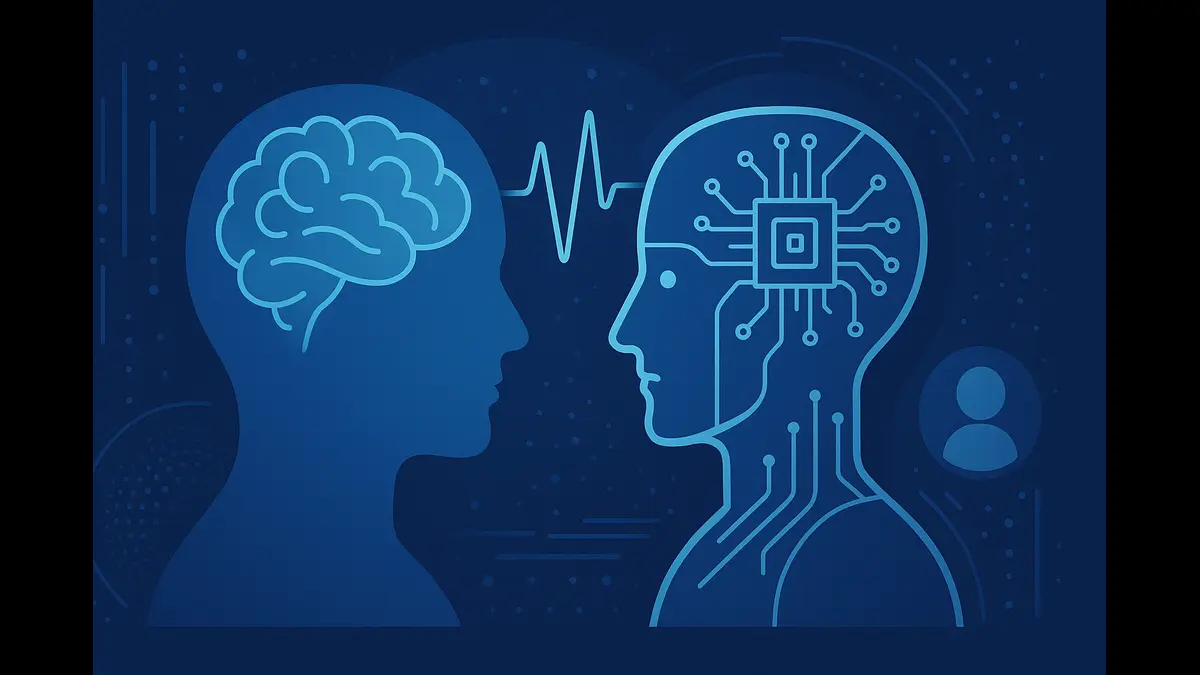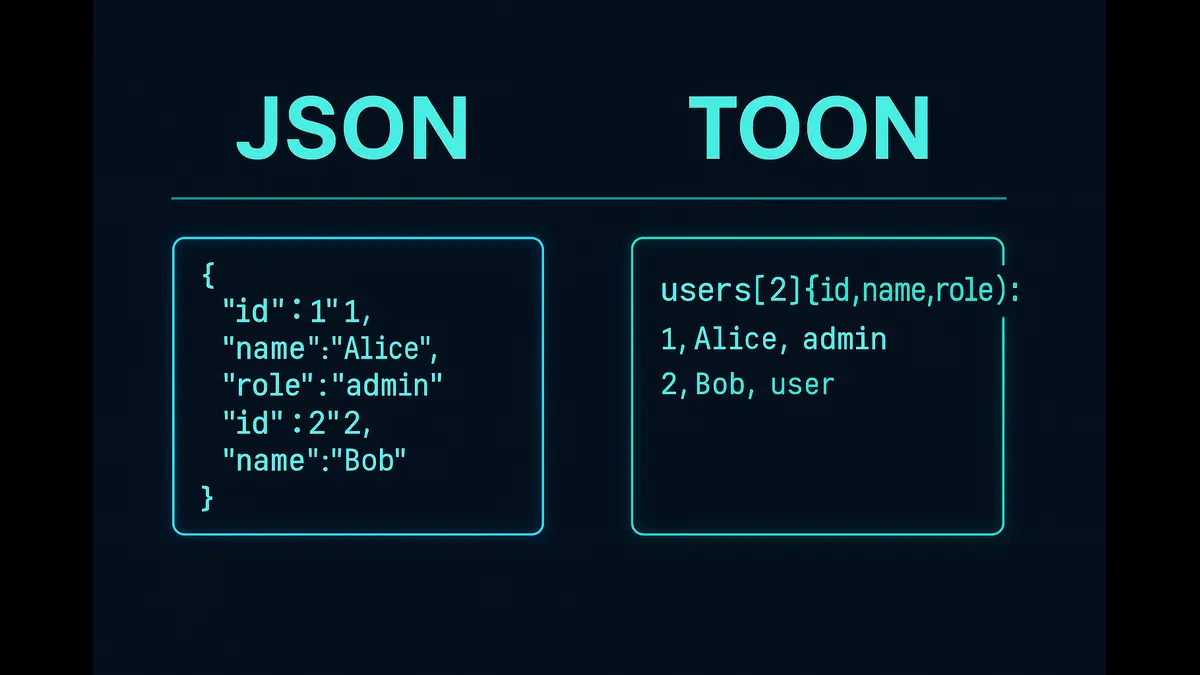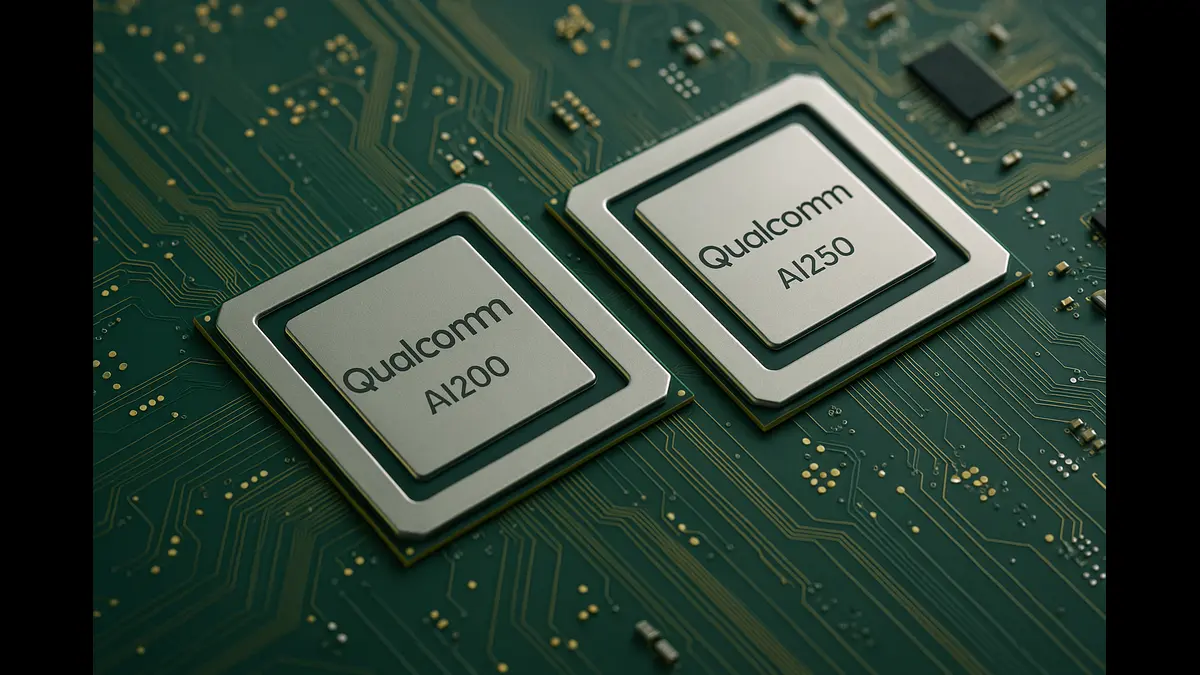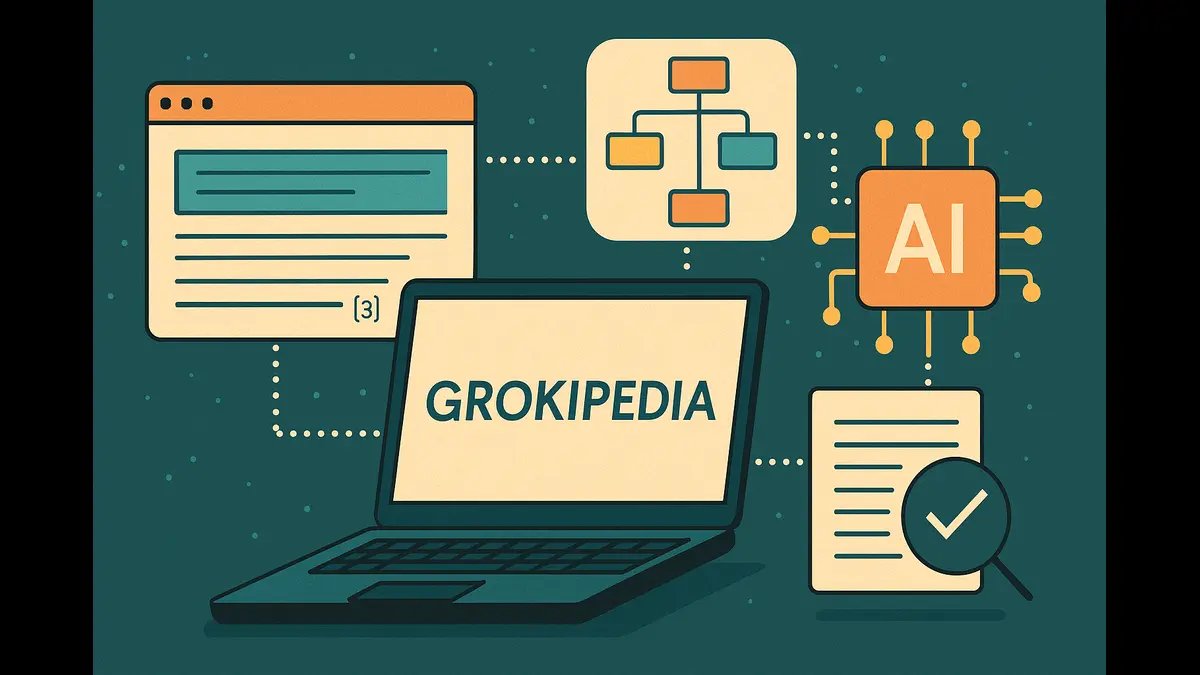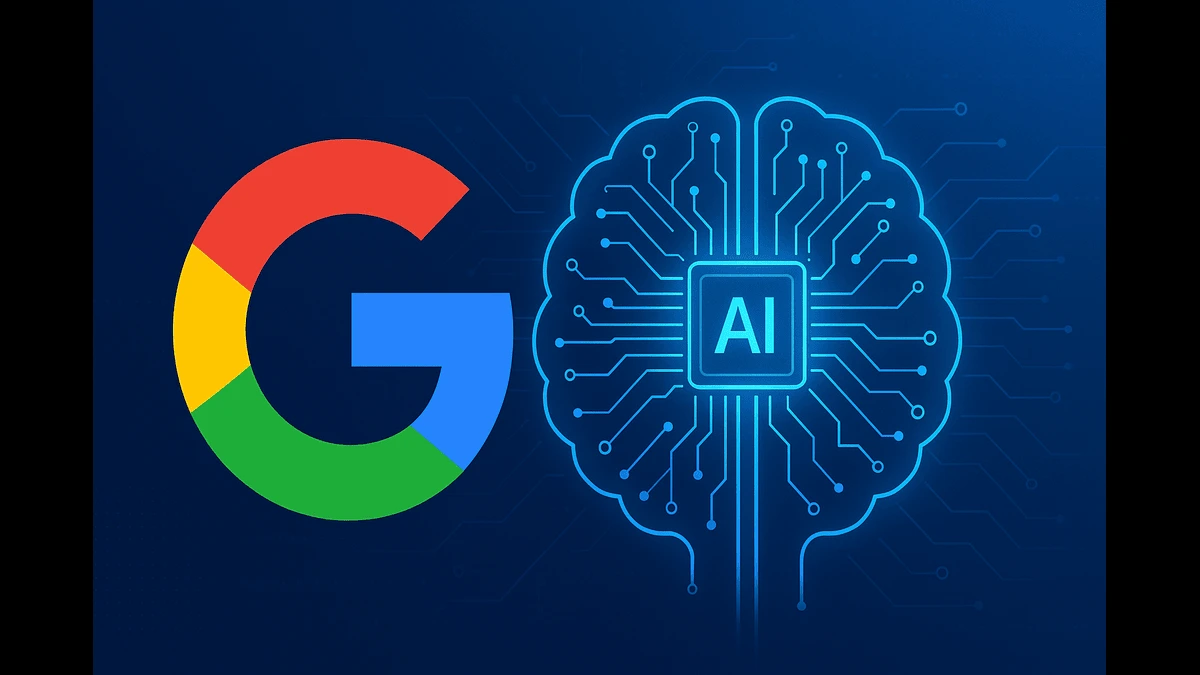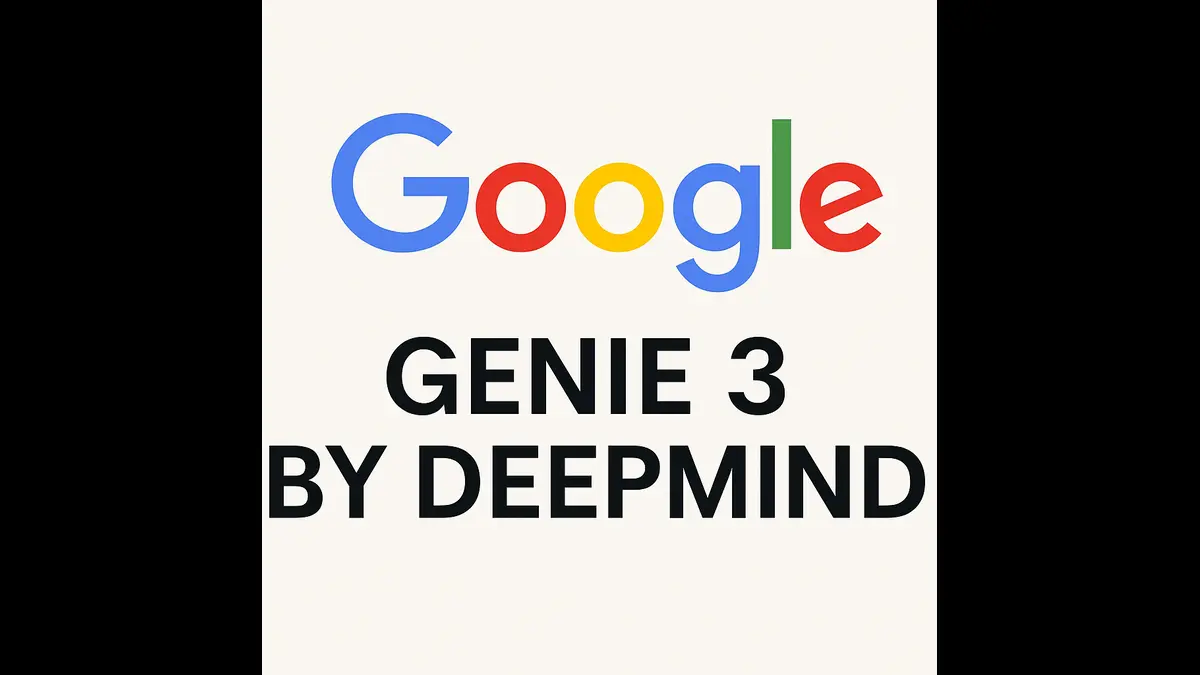
Google DeepMind’s Genie 3 is a real-time, prompt-based world model capable of generating interactive environments at 720p and 24 FPS. It marks a significant leap in embodied AI training, AGI simulation, and dynamic environment modeling. With support for promptable events and rich physical detail, it pushes beyond passive video generation into responsive, intelligent world creation.
Genie 3 is a groundbreaking general-purpose world model that redefines the creation of interactive, dynamic environments. Developed by researchers Jack Parker-Holder and Shlomi Fruchter, Genie 3 enables the generation of navigable virtual worlds from text prompts, operating in real-time at 24 frames per second with 720p resolution. This article explores the capabilities, technical advancements, applications, and limitations of Genie 3, highlighting its role as a pivotal step toward advanced artificial intelligence (AI) systems.
Understanding World Models and Genie 3’s Role
World models are AI systems designed to simulate environments by leveraging an understanding of physical and contextual dynamics. These models allow AI agents to predict environmental changes and the consequences of their actions, serving as a foundation for training intelligent systems in simulated settings. Google DeepMind, a leader in simulated environment research for over a decade, has advanced this field through projects like training AI agents for real-time strategy games and robotics. Genie 3 builds on the foundation laid by its predecessors, Genie 1 and Genie 2, and complements DeepMind’s video generation models, Veo 2 and Veo 3, which focus on intuitive physics.
Unlike earlier models, Genie 3 introduces real-time interactivity, allowing users to navigate and influence generated environments dynamically. It maintains environmental consistency for several minutes, a significant improvement over Genie 2, making it a versatile tool for both research and practical applications.
Core Capabilities of Genie 3
Genie 3’s ability to create diverse, interactive environments is demonstrated through its wide-ranging capabilities, each supported by real-time interaction recordings:
Modeling Physical Properties
Genie 3 excels at simulating natural phenomena, such as water flow, lighting effects, and complex environmental interactions. For instance, a prompt depicting a wheeled robot navigating volcanic terrain with lava pools and smoke showcases the model’s ability to render realistic physics, including tire movements and environmental hazards, all from a first-person perspective.
Simulating Natural Ecosystems
The model generates vibrant ecosystems with detailed flora and fauna. A prompt describing a glacial lake surrounded by snow-capped mountains and wildlife illustrates Genie 3’s capacity to create immersive, photorealistic natural landscapes, complete with branching paths and flowing streams.
Crafting Fictional and Animated Worlds
Genie 3 taps into creative imagination, producing fantastical scenarios like a fluffy creature traversing a rainbow bridge in a whimsical landscape. The model’s ability to render expressive animated characters and vibrant settings, such as enchanted forests with glowing treehouses, highlights its potential for entertainment and storytelling.
Exploring Historical and Geographical Settings
By transcending temporal and geographical boundaries, Genie 3 recreates settings like ancient Athens or the canals of Venice with meticulous detail. For example, a prompt about exploring the Palace of Knossos in its heyday demonstrates the model’s ability to render historically inspired environments with architectural accuracy.
Promptable World Events
A standout feature is Genie 3’s support for promptable world events, enabling users to alter environments through text-based inputs. This allows dynamic changes, such as shifting weather conditions or introducing new objects, enhancing interactivity beyond simple navigation. For instance, users can prompt a serene landscape to experience sudden weather changes, creating “what if” scenarios for AI training.
Technical Breakthroughs in Real-Time Interactivity
Achieving real-time interactivity at 24 frames per second required significant technical innovation. Genie 3 employs auto-regressive frame generation, where each frame accounts for the user’s previous actions and the environment’s evolving trajectory. For example, revisiting a location after a minute requires the model to recall and maintain consistency with prior visuals, a computationally intensive task performed multiple times per second. Unlike methods like Neural Radiance Fields (NeRFs) or Gaussian Splatting, which rely on explicit 3D representations, Genie 3 generates dynamic worlds frame by frame, resulting in richer, more flexible environments.
Environmental consistency over extended periods is another achievement. While inaccuracies in auto-regressive generation can accumulate, Genie 3 maintains visual coherence for several minutes, with a visual memory extending up to one minute. This capability ensures immersive experiences, such as consistent tree placements in a navigated scene, even as elements move in and out of view.
Applications in Embodied Agent Research
Genie 3’s environments are designed to support embodied AI agents, such as DeepMind’s SIMA agent, which operates in 3D virtual settings. By generating worlds for SIMA to pursue specific goals, Genie 3 enables the execution of complex action sequences. The model’s consistency allows agents to perform extended tasks, paving the way for advancements in autonomous systems and robotics. This makes Genie 3 a critical tool for training AI agents in diverse, simulated environments, a key step toward artificial general intelligence (AGI).
Limitations of Genie 3
Despite its advancements, Genie 3 has notable limitations:
Limited Action Space: While promptable world events expand interactivity, agents’ direct actions remain constrained, limiting their autonomy.
Multi-Agent Interactions: Modeling complex interactions between multiple agents in shared environments is an ongoing challenge.
Geographic Accuracy: Genie 3 cannot yet simulate real-world locations with perfect precision.
Text Rendering: Clear text generation requires explicit inclusion in the input prompt.
Interaction Duration: Continuous interaction is limited to a few minutes, insufficient for extended use cases.
Commitment to Responsible Development
Google DeepMind emphasizes responsible innovation, particularly given Genie 3’s open-ended capabilities. The model’s development involved collaboration with DeepMind’s Responsible Development & Innovation Team to address safety and ethical risks. To ensure responsible deployment, Genie 3 is currently available as a limited research preview for select academics and creators. This approach allows DeepMind to gather feedback and refine mitigations, ensuring the technology amplifies human creativity while minimizing unintended impacts.
Future Potential and Next Steps
Genie 3 marks a significant milestone in world model research, with potential applications in education, training, and generative media. It could enable immersive learning environments for students or simulated training grounds for professionals, such as roboticists or autonomous system developers. By evaluating agent performance in diverse scenarios, Genie 3 can identify weaknesses and improve AI robustness.
DeepMind plans to expand access to additional testers, fostering collaboration with the broader research community. This iterative approach will refine Genie 3’s capabilities and address its limitations, ensuring alignment with human values and societal benefits.
Genie 3 represents a leap forward in world models, offering unprecedented interactivity, consistency, and diversity in simulated environments. Its ability to generate dynamic worlds from text prompts, coupled with real-time navigation and promptable events, positions it as a transformative tool for AI research and creative applications. While limitations remain, Google DeepMind’s commitment to responsible development ensures that Genie 3’s evolution will prioritize safety and societal impact. As the technology matures, it promises to unlock new possibilities for education, training, and the pursuit of AGI, shaping a future where AI-driven simulations enhance human creativity and understanding.
Discover more from Poniak Times
Subscribe to get the latest posts sent to your email.

